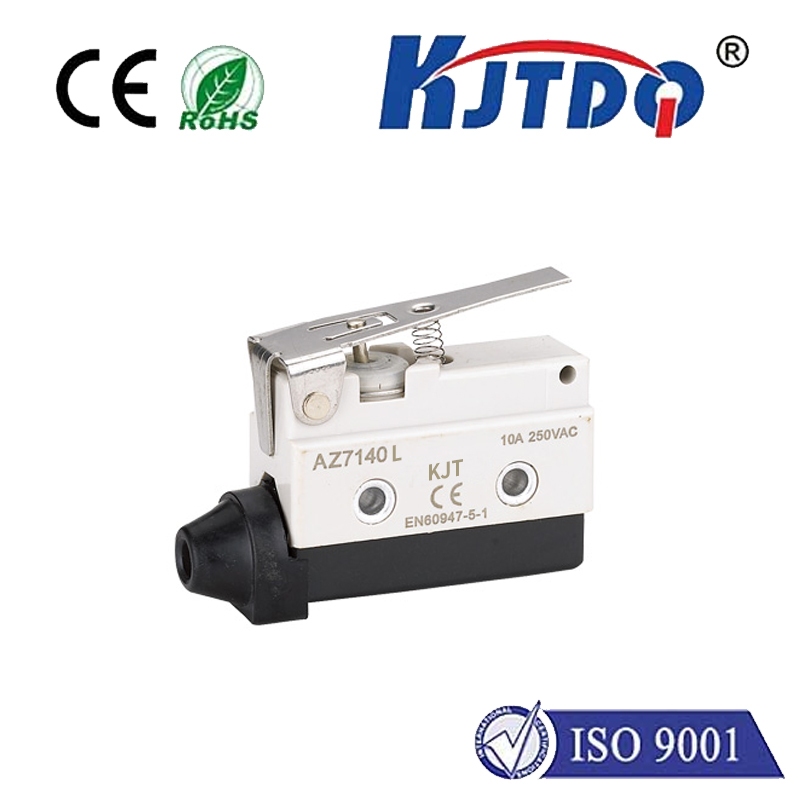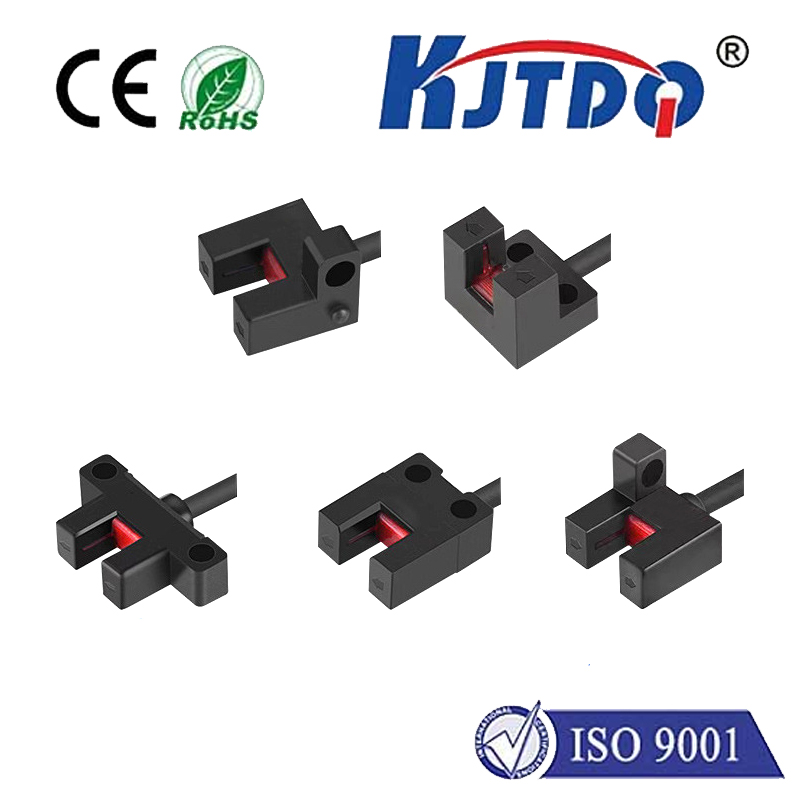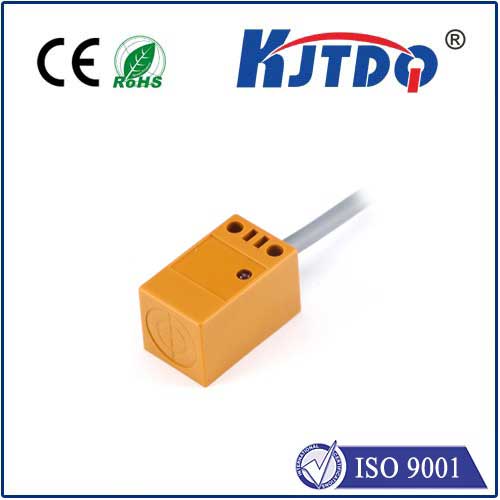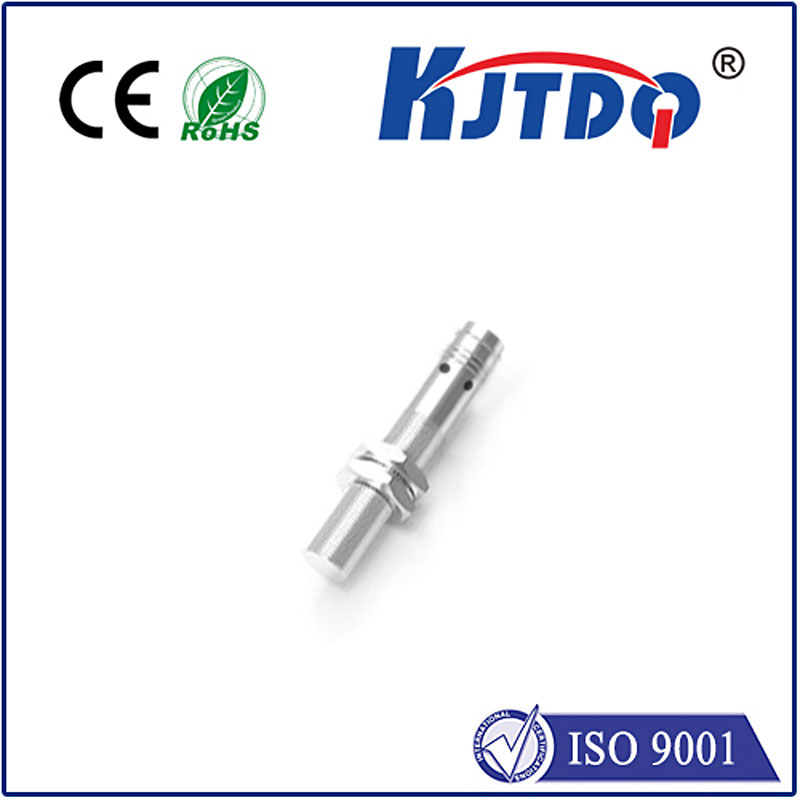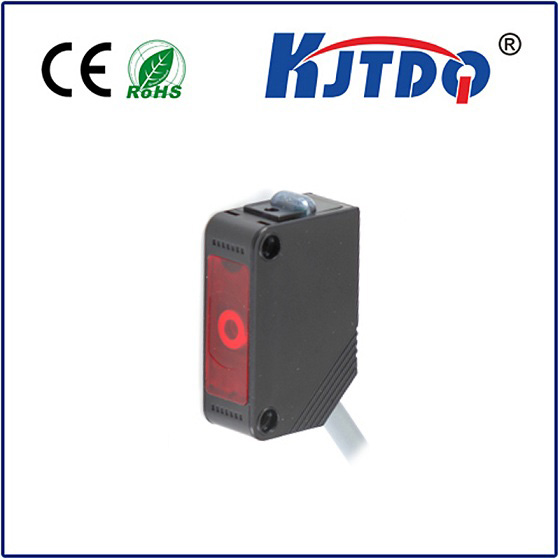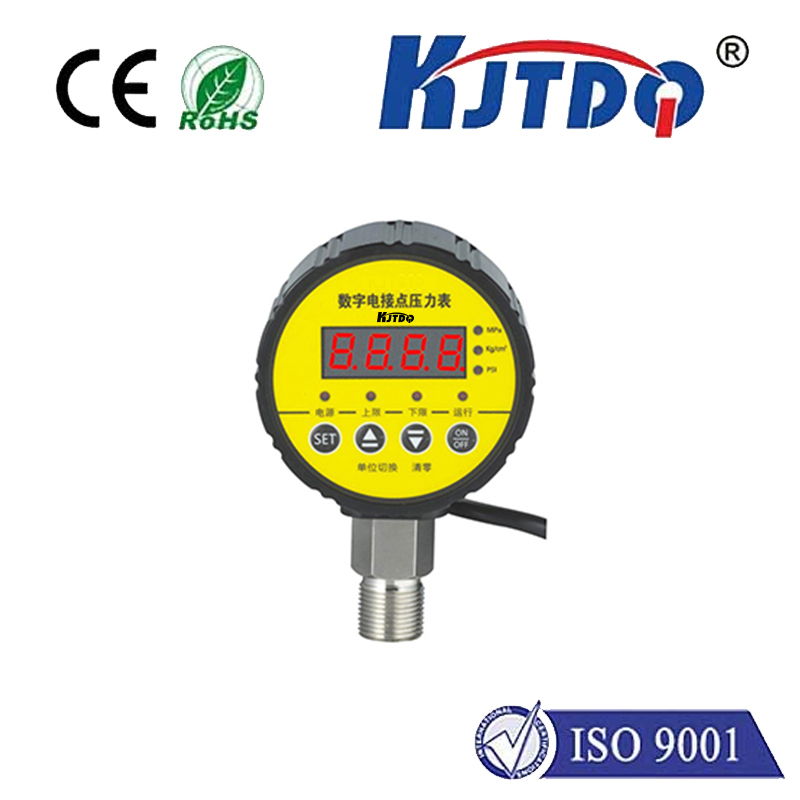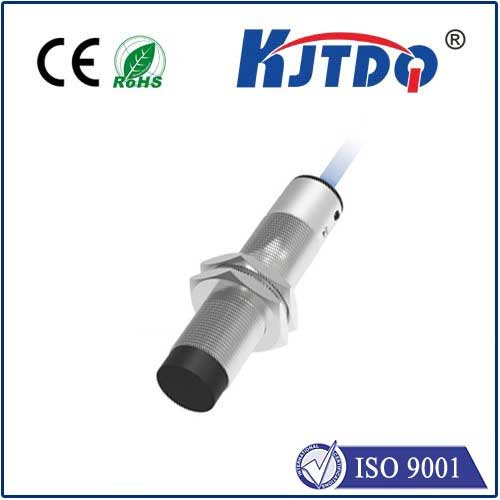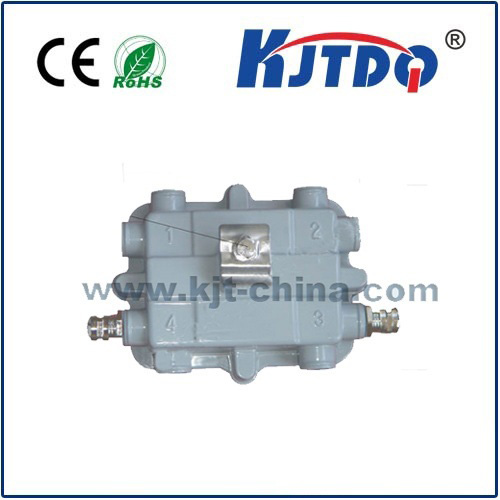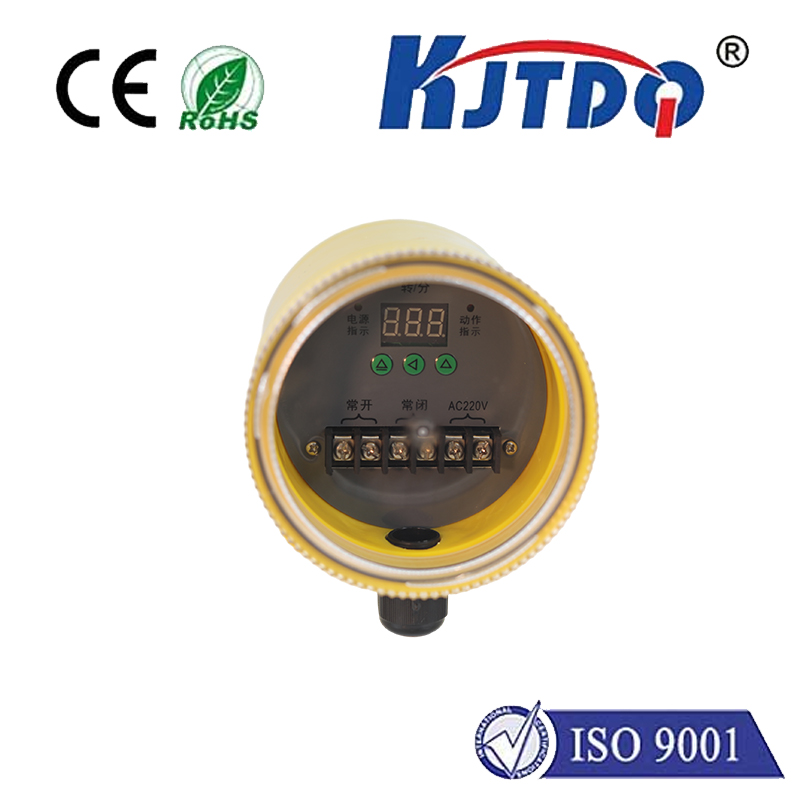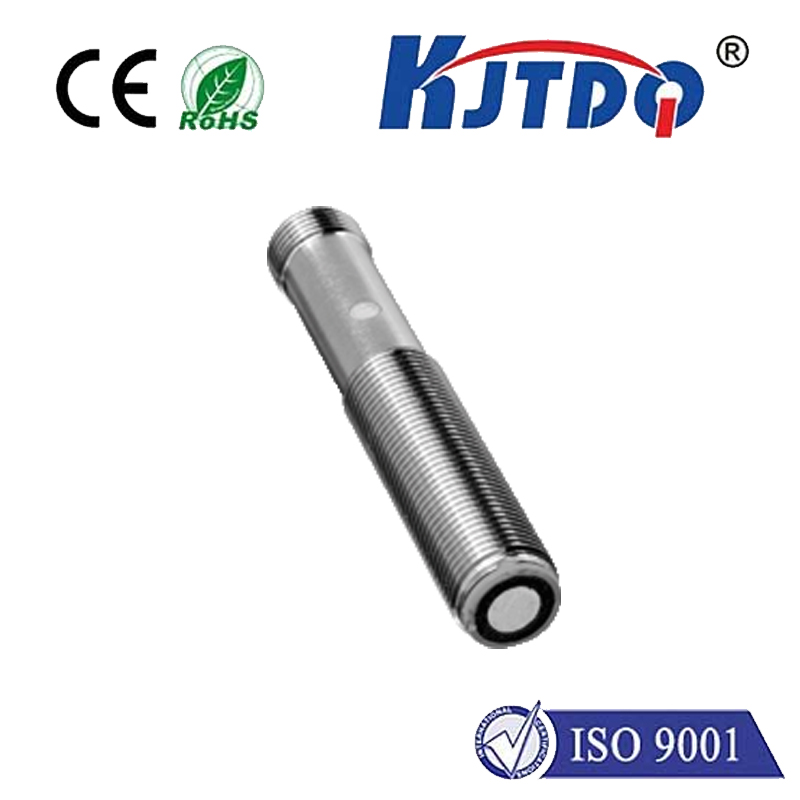
check

check

check

check

check

check
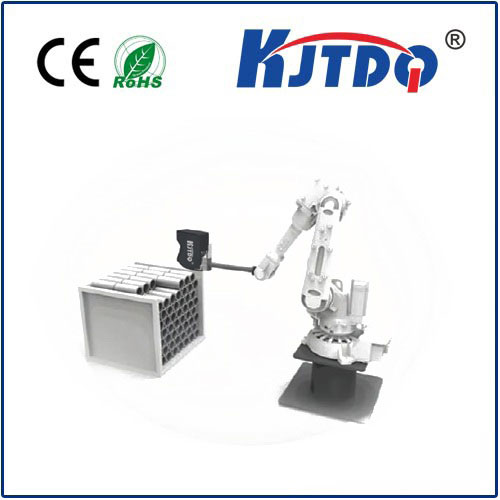
check

check

check

check
The advent of the Internet of Things (IoT) has brought about an unprecedented wave of innovation in various industries, ranging from smart homes to healthcare. At the forefront of this revolution are the tiny yet powerful sensors that enable seamless connectivity and data exchange between devices. Among these sensor technologies, the A12 proximity sensor stands out as a game-changer, offering unparalleled accuracy, reliability, and flexibility. In this article, we will delve into the world of A12 proximity sensors and explore their potential applications in IoT devices.
Chapter 1: Unleashing the Power of A12 Proximity Sensors
A12 proximity sensors are based on advanced microelectromechanical systems (MEMS) technology, which enables them to accurately detect and measure physical distances with high precision. These sensors can operate in a wide range of environments, from extreme temperatures to high levels of humidity, making them ideal for use in IoT devices that require reliable sensing capabilities. In addition, A12 proximity sensors are low-power, low-cost, and easy to integrate into existing systems, making them an attractive option for developers looking to create cost-effective IoT solutions.
Chapter 2: Revolutionizing Smart Home Applications with A12 Proximity Sensors
Smart home devices have become increasingly popular in recent years, providing homeowners with convenience, comfort, and energy savings. With the help of A12 proximity sensors, these devices can now interact with their surroundings in real-time, creating a seamless user experience. For example, A12 proximity sensors can be used to control lighting, thermostats, and security systems based on the presence or absence of individuals in a particular area. This not only enhances the comfort and security of homeowners but also reduces energy consumption, contributing to a more sustainable future.
Chapter 3: Transforming Healthcare with A12 Proximity Sensors
A12 proximity sensors have significant potential applications in the healthcare industry, particularly in areas such as patient monitoring, medical device integration, and disease detection. By leveraging the power of A12 proximity sensors, healthcare providers can create more effective and efficient care solutions. For instance, A12 proximity sensors can be used to track vital signs, monitor medication adherence, and detect early signs of illness or injury. This not only improves patient outcomes but also reduces costs and enhances overall quality of care.
Chapter 4: Enhancing Indoor Navigation with A12 Proximity Sensors
As more people spend time indoors due to factors such as remote work and social distancing measures, indoor navigation becomes increasingly important. A12 proximity sensors can play a crucial role in enabling smart navigation systems by providing accurate location information based on the presence of other devices. By combining A12 proximity sensors with other IoT technologies such as GPS and Wi-Fi positioning systems, developers can create robust indoor navigation solutions that offer precise guidance and reduce user errors.
Conclusion: The Future of IoT Devices Lies with A12 Proximity Sensors
In conclusion, A12 proximity sensors are at the heart of the IoT revolution, offering innovative solutions that were once unimaginable. From enhancing smart home experiences to transforming healthcare operations and enabling better indoor navigation, A12 proximity sensors have the power to shape our lives in profound ways. As we continue to advance our understanding of these cutting-edge technologies, it is exciting to think about the limitless possibilities they hold for the future.
